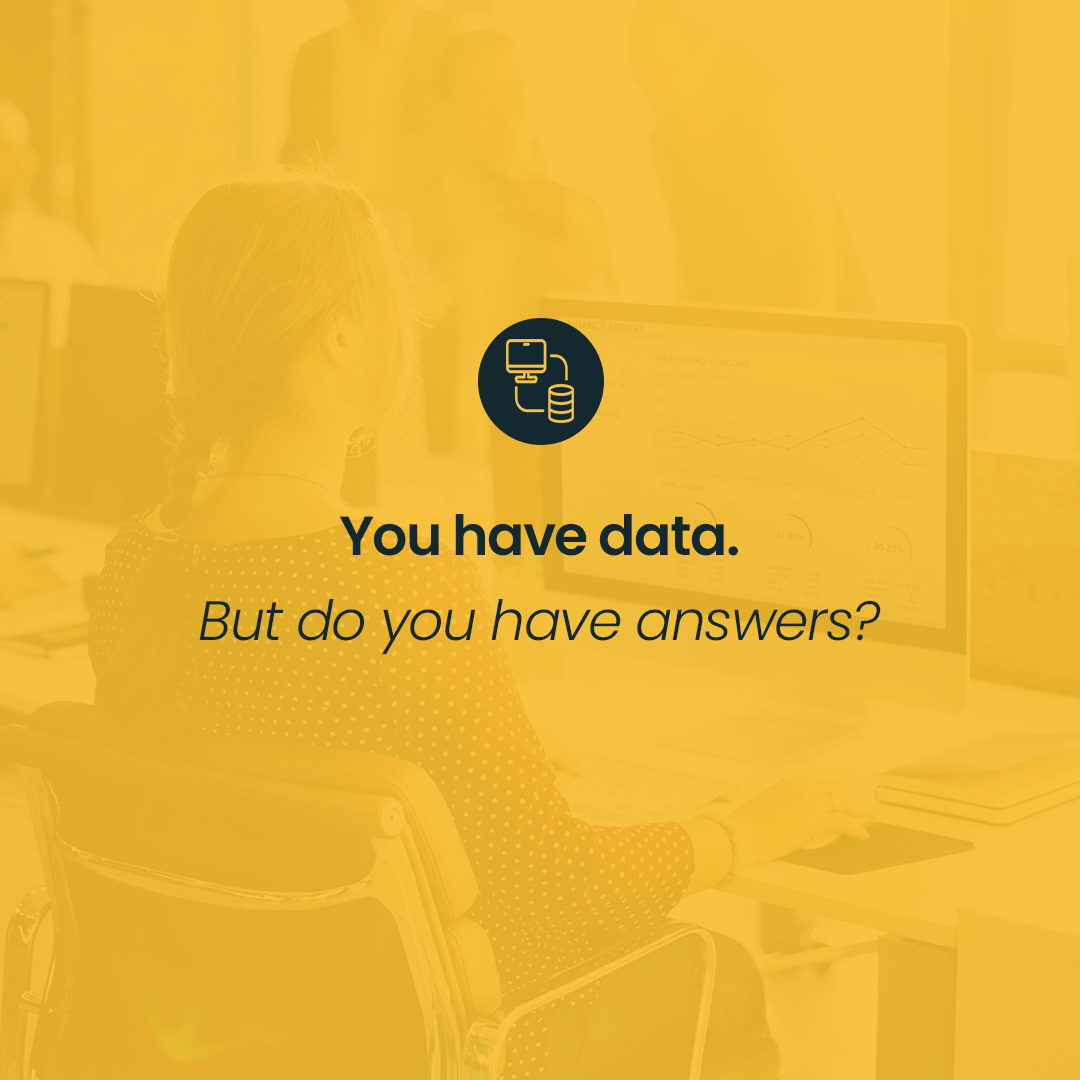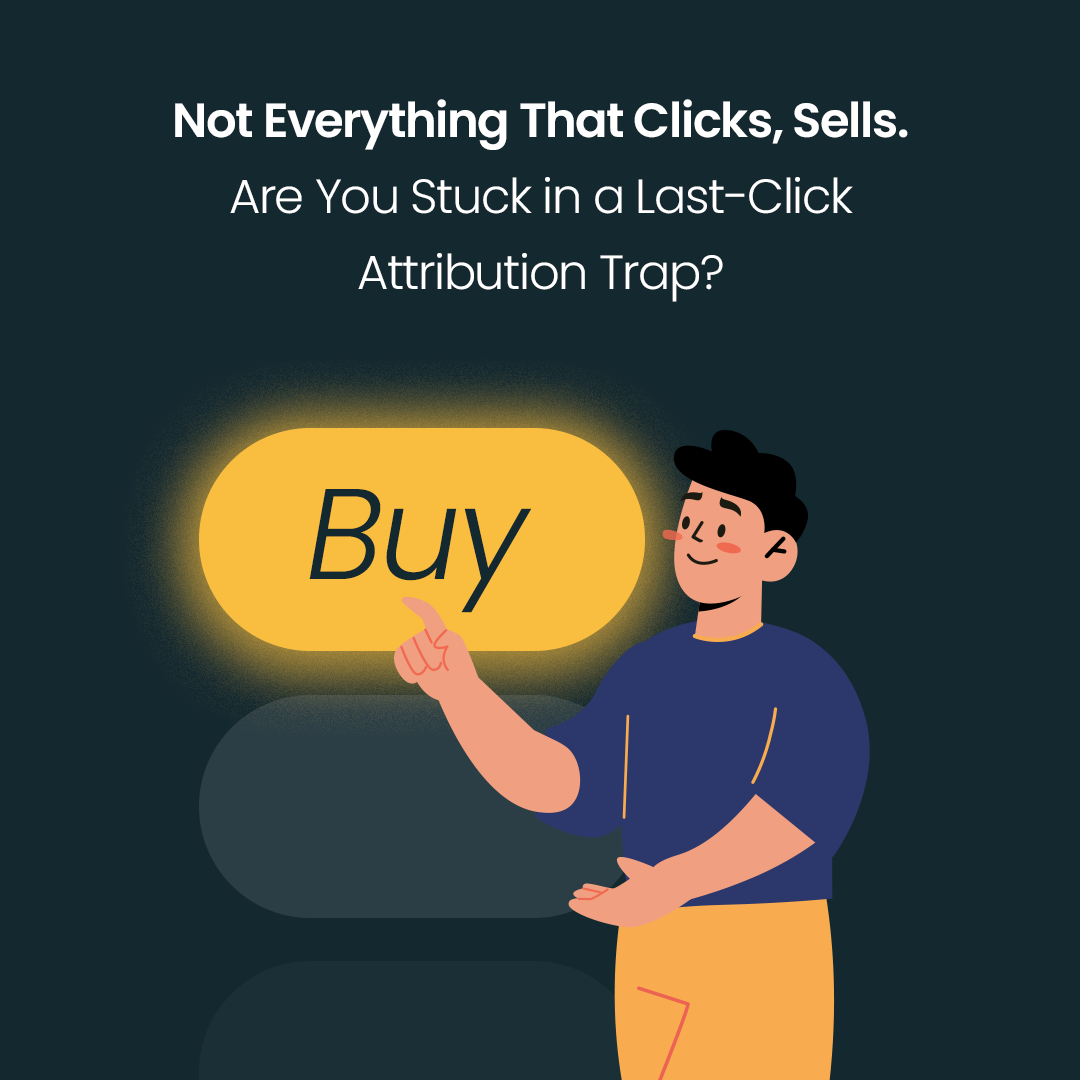Storyblok is the first of the kind content management system, so-called ’headless CMS’. Programmers and marketers can use it to provide optimal content for any platform, e.g. websites, e‑commerces or mobile apps. We are happy to let you know we have teamed up with Storyblok. We feel Storyblok is a really relevant and useful tool at our work.
Storyblok is a platform that can boast an innovative approach to how one can create and manage content. It’s not only much faster, but also more effective and noticeably easier to use. Thanks to Storyblok users can enjoy easy and rapid development of content through reusable components (building blocks) that are highly editable and can be implemented with no help from programmers.
Another way you can use the tool is to create both static and dynamic websites, as well as manage content on mobile apps and other digital platforms. What’s more, Storyblok will surely facilitate content management for those who have never had much in common with programming.
Plenty of functionalities, one command center
Companies can use Storyblok to develop flexible and responsive websites, mobile applications or complete websites based on headless CMS. Thanks to Storyblok we get one command center to handle a number of areas. It’s consistent, effective and significantly supporting the implementation of specific goals. Oh, and one more thing! The name Storyblok is not random.
The system simply offers you a unique opportunity to work on content through a combination of visual editing tools and highly customizable blocks of content for marketers on top of a modern zero-maintenance architecture. All this paves the way for programmers to flexibly create fast and reliable platforms, pages, services or applications.
What is also relevant is the function of content personalization and the ability to analyze data, which is extremely important from our and our clients’ point of view. After all, everyone knows what the true value of data is if you can’t analyze it in real time.
Small differences, great changes
Okay, but what is headless CMS in practice and how does it differ from standard CMSs? First and foremost, it delivers content via an API (Application Programming Interface), so you can use it to display content on any device or platform.
Usually, CMS platforms such as WordPress or Drupal have been built based on a monolithic architecture where content creation, management and presentation are tightly integrated. This basically means that the same platform is used to both create content and display it.
Along with the development of the Internet, and above all, the growing role of mobile devices, the demand for more flexible and scalable CMS solutions has also significantly increased. This is where headless CMS comes into play. Thanks to headless CMS developers can create custom applications that are able to access content from the CMS through APIs. Simply fast & furious!
Cost and time optimization
Another advantage of headless CMS is that you can significantly reduce the development time and bring down your costs. Developers, in turn, can focus on creating custom applications without worrying about the content management system or the presentation layer. We all know how much work this was before…
Scalability is another advantage of the tool. As your business grows and your needs change, headless CMS can be easily adapted to new challenges, devices and platforms.
However, the tool may also pose some challenges. First of all, the separation of content creation and presentation means that content creators who are used to working with traditional CMS platforms have to adapt to the new approach. It also requires a shift in your mindset and, definitely, a slightly broader perspective on things.
Second of all, since the headless CMS is more flexible, it requires a bit more programming work to set up and maintain in the beginning. Companies, therefore, may need to hire the right programmers to manage the system and create custom applications, or additionally train those who are already on board.
The challenges are really nothing compared to the benefits of headless CMS. It is no secret that this Storyblok partnership opens up new, excellent development opportunities for us.
Make sure you follow our website and social media profiles for more updates on our experience with Storyblok and the details of our collaboration. We’ll keep you in the loop, and who knows, perhaps we’ll prepare an interesting case study for you.
Glossary:
Composable Commerce – is a modern approach to creating flexible and scalable commerce platforms. In a nutshell, Composable Commerce refers to building E‑commerce systems that consist of modules that can be combined and customised to create a personalised shopping experience.
Headless CMS – is a content management system that separates the presentation layer from the content layer. In a traditional CMS, such as WordPress, Joomla or Drupal, the content is closely related to the presentation layer, and this means that the structure and design of the site is defined within the CMS.
In the case of Headless CMS, the content is stored and managed within the system, but it does not have a defined presentation layer. This means that the content can be accessed through an API (e.g. RESTful API or GraphQL), and web or application developers can retrieve and display it in any way they wish.
APIs – is a compilation of definitions, protocols and tools that enable communication between different software. An API defines a set of rules and protocols that determine how other software can communicate with a particular system or service, what functions and operations are available, what data can be sent and in what format.






